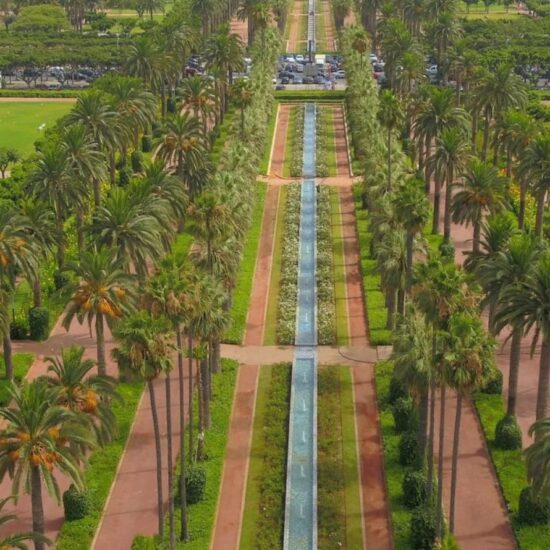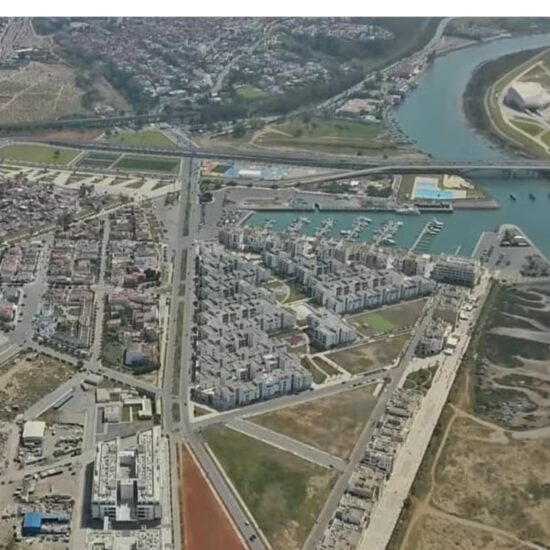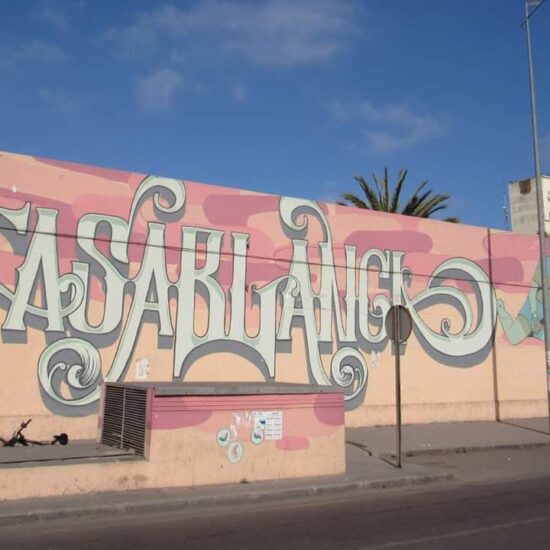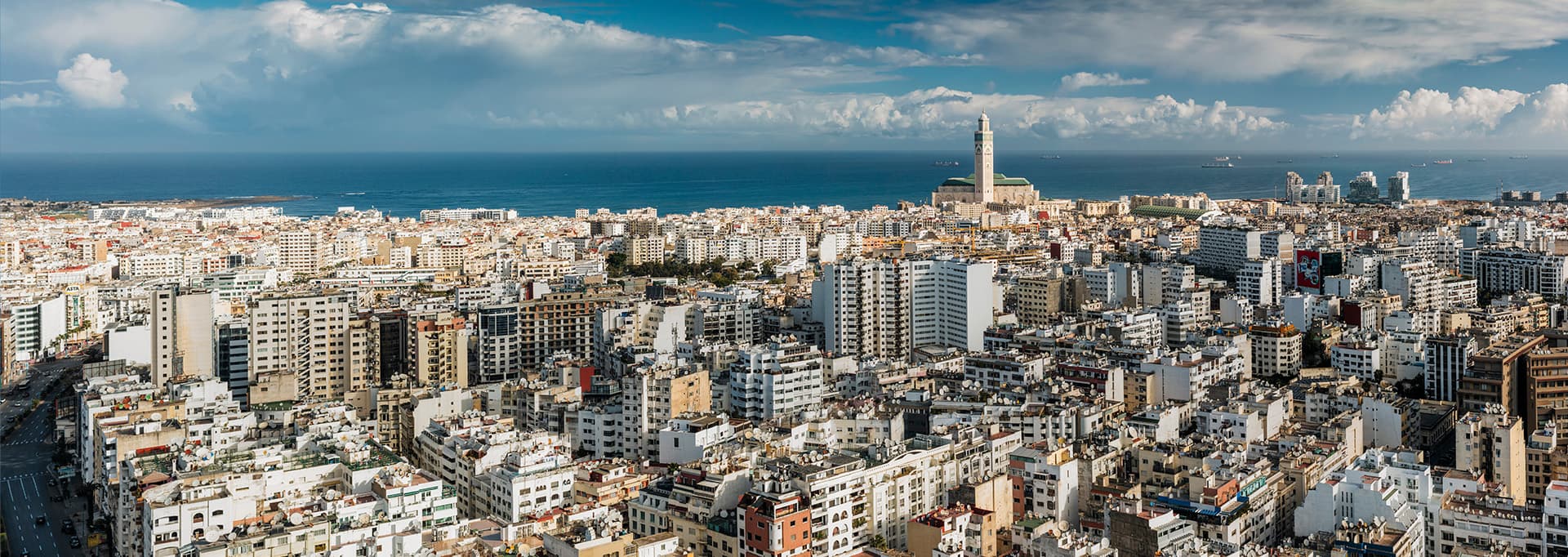Maarif
And if we went to explore the Maarif district, one of the oldest districts of Casablanca ?
Sandwiched between Boulevard Brahim Roudani, Boulevard Massira Al Khadra and Boulevard Bir Anzarane, it takes its name from a Mzab tribe originating from the Ben Ahmed region, a rural area 70 km southeast of Casablanca. The first owners settled in Casablanca at the end of the 19th century, where they began to populate and cultivate plots of land a few kilometers from the medina, along the Bouskoura wadi.
From 1911, the district was organized on the initiative of British traders who invested in these plots of land fifty times cheaper than those in the city center. A grid plan was put in place to supervise the development of the district. With the construction of the Franciscan church, Rue de Jura, a hundred impoverished families settled in Maarif. Pushed out of the city center because of the price of land and rents, these families abandoned the old medina.
Of the European families therefore acquired these agricultural lands in the suburbs of Casablanca, and they built small wooden houses there. The district would gradually become organized in the 1920s, and the population would develop by community layers : until the 1960s, the French represented 40% of the inhabitants of Maarif, the Spanish 20%, the Italians 12%. The Moroccans constitute the rest of the population, mainly small Berber traders and workers from Souss and small Casablancan civil servants.
Of numerous public services and shops are set up: schools, ovens, dispensaries, cinemas, breweries… The installation of the CTM (Compagnie de Transports au Maroc) and the Trolleybus station in the district contributes to its attractiveness. During the Spanish Civil War, the Maarif welcomes Spanish political refugees and, with the Second World War, there are waves of immigrants from Greece, Portugal, Armenia and Eastern Europe. The Maarif becomes a real tower of babel which even published its own local newspaper between 1926 and 1928, "Le Cri de Maarif". In the 1950s, space began to run out in the heart of the district. Moroccans chose to settle on the outskirts of Maarif, in an adjoining district that would later be known as Derb Ghallef. Let's go together to discover the Maarif district with Blog,.
-
InclusMaarif
-
Pas inclusNatureMovie theaterIndustryUrban planningHistoryArchitectureSpirituality / ReligionSportHobbies
Departure
- Introduction to the Maarif district
- Twin Towers
Circuit
- The Maarif Market
- Maarif shops
- Traditional houses of Maarif
- Rue de Jura, the "street of cinemas"
- Mohamed Zefzaf Cultural Center
- The Press Cafe
- The Trolley Bus Station
- The Theophile Gautier School
- The Mohammed V Sports Complex
- The Silk Market of the Complex
Arrival
- The Romandie City
Donnez votre avis
DETAILS
Duration : 2 hours
Distance : 1 km
Shift : on foot
Language : in French, in English, in Arabic





![[:fr]CitizOn CasaPocket Recherche de visites guidées insolites à Casablanca Maroc[:]](https://citiz-on.com/wp-content/uploads/2023/04/H2-550x550.jpg)
![[:fr]CitizOn CasaPocket Recherche de visites guidées insolites à Casablanca Maroc[:]](https://citiz-on.com/wp-content/uploads/2023/04/H3-550x550.jpg)
![[:fr]CitizOn CasaPocket Recherche de visites guidées insolites à Casablanca Maroc[:]](https://citiz-on.com/wp-content/uploads/2023/04/H4-550x550.jpg)
![[:fr]CitizOn CasaPocket Recherche de visites guidées insolites à Casablanca Maroc[:]](https://citiz-on.com/wp-content/uploads/2023/04/H2-scaled.jpg)
![[:fr]CitizOn CasaPocket Recherche de visites guidées insolites à Casablanca Maroc[:]](https://citiz-on.com/wp-content/uploads/2023/04/H3-scaled.jpg)
![[:fr]CitizOn CasaPocket Recherche de visites guidées insolites à Casablanca Maroc[:]](https://citiz-on.com/wp-content/uploads/2023/04/H4-scaled.jpg)